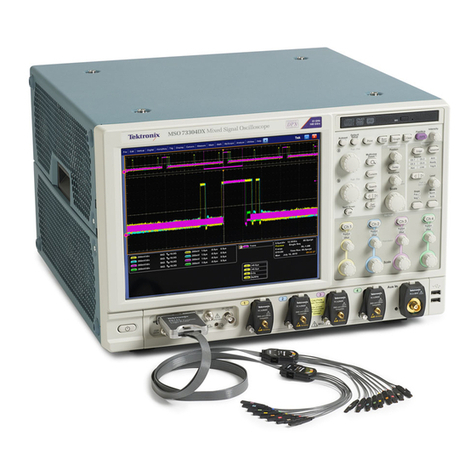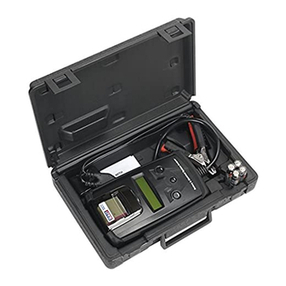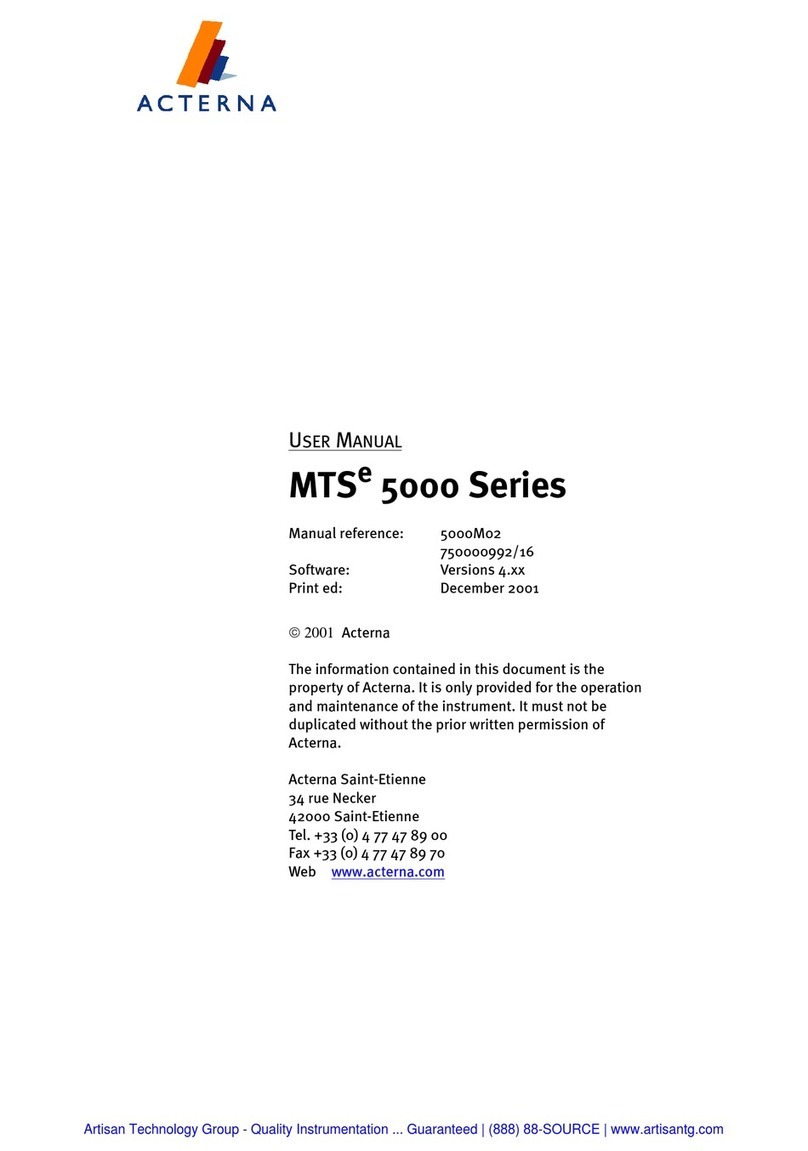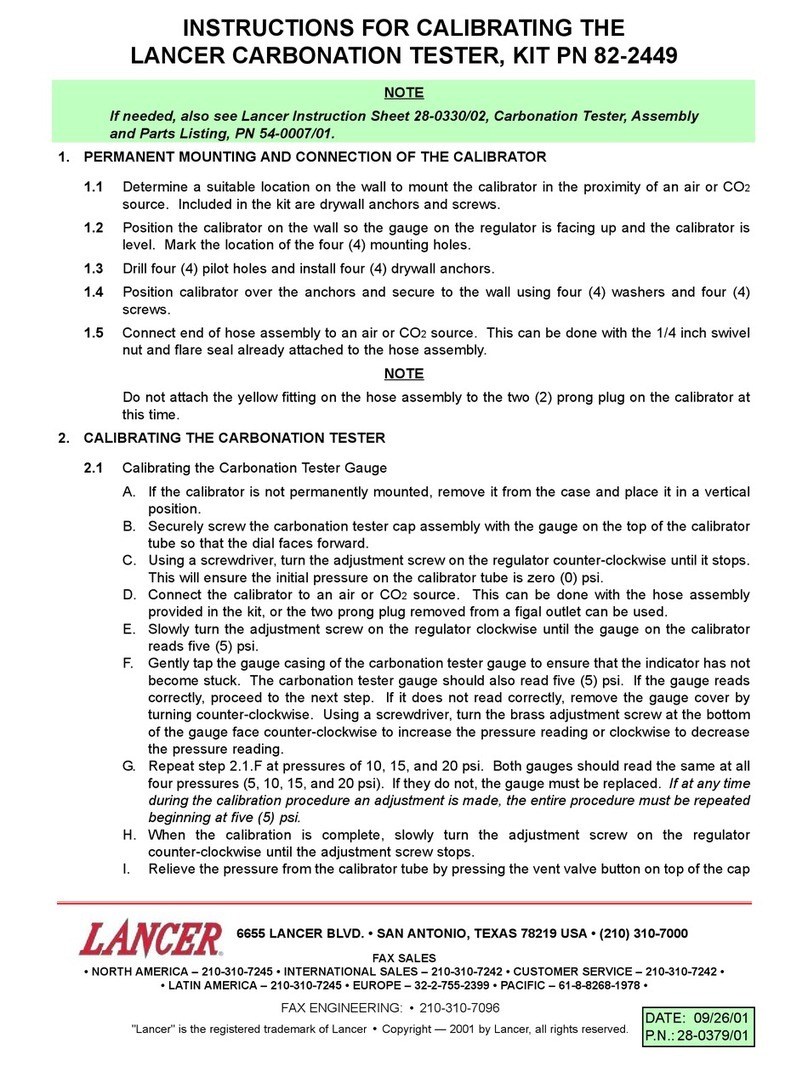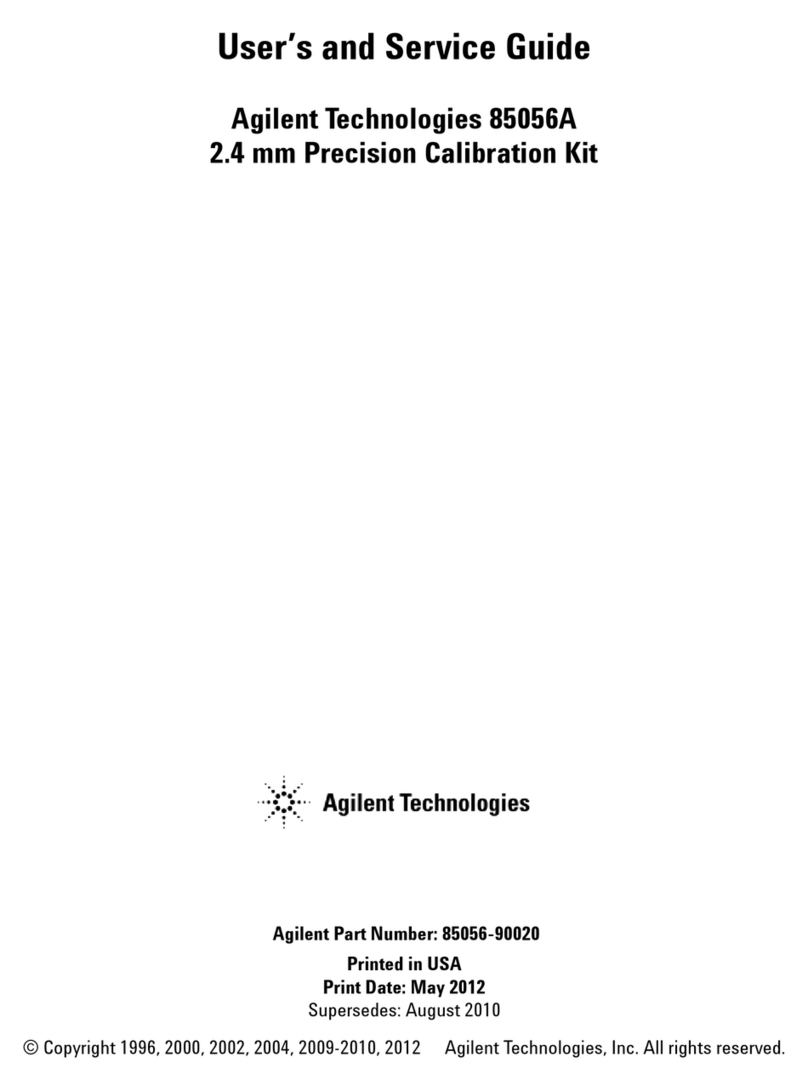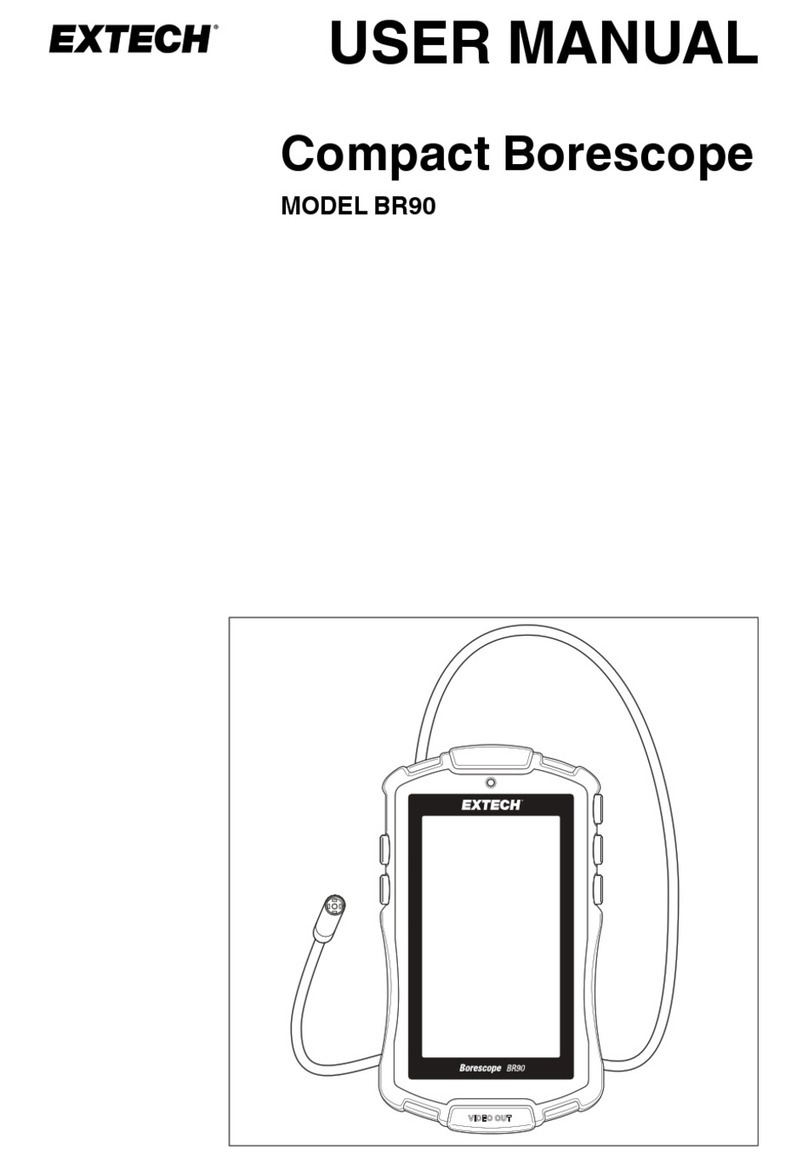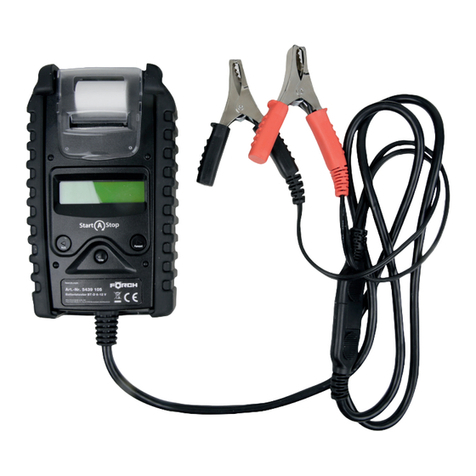WattMaster AMM10 User manual

AMM10
INSTRUCTION MANUAL
_c'-
-~ ~-~

,0 .
'\~~I~.~~~~ 1. Introduction
~ ~\\'~ I
~~-""'n"'~.s _I]'\~ NOTE
~CIII..,~;~~j;~~~d~~~~:~tn"'-A ThismeterhasbeendesignedandtestedaccordingtolEG
.c:J~~~~G A-- II ~~~-.~ill--j-- Publication348,SafetyRequirementsforElectronicMeas-
0 - V ~ \\ Ilt\ uring Apparatus. IEG-1 01 0(EN61 010) and other safety
-0~ 1111A standardsFollowallwarningtoensuresafeoperation.
, ~.@I (@)~~
,', 'j , ~ ~=~~ WARNING
, ': ~ ft\ READ "SAFETY NOTES" (NEXT PAGE) BEFORE USING
~ THE METER.
BLACK~
RED~
(1) Indicator Zero (8) Indicator Pointer
Corrector
(2) R S I t(9) Rear Case Bolt
ange e ec or
Switch Knob (10) Rear Case
(3)Measuring Terminal +(11) Stand
(4)Measuring Terminal -(12) Connector For
COM(Common) hFETest
(5) 0 t t T .I(13) Connection Pin
u pu ermlna To Tester
(6)OnAdjusting (14)Transistor Base
Knob Clip
l(7) Panel (15)Transistor Collector
Clip - 1-

2.SafetyNotes 3.Feature
8 Readthe following safety information carefully ') 8 Easyto read 3-color scale...for mistake proof
beforeattemptingto operateor servicethe meter. reading.
8 Usethemeteronly asspecifiedin this manual; 8 Mirrorscale...makesreadingpointereasy.
otherwise the protection provided by the meter may 8 Safety fused...on all ranges.
be impaired. . 8 Diode protected meter...prevents damage
8 Rated environmental conditions: due to overload.
(1). Indoor use. 8 Safety features...safety fused, safety "OFF"
(2).Installation Category II . position.
(3). PollutionDegree2. 8 hFEanddb measurement.
(4).Altitude up to 2000Meter. 8 With stand...makes reading and measuring
(5). RelativeHumidity80%Max. easy.
(6).Ambient Temperature 0-40 DC. 8 Packaging...packed completely with
8 Observe the International Electrical Symbols listed AL-27 test leads, hFEleads, Fuse, instruc-
below. tion manual.
f"5l Meter is protected throughout by double
~ insulation or reinforced insulation.
& Warning! Risk of electric shock.
II:.. Caution! Refer to this manual before
m using the meter.
~ Alternating current
;-;-; Direct current
-2- -3-

4. Specification Internalbatteries:UM-3X 2, 006PX 1
AFOutput(dB)
. . Range:-10dB- +22dB(for10VAC)-+62dB
1.Asacircuit tester IOdB/0.775V(1mW through 6000 )
DCVoltage (DCV) Accuracy at FDS: :1:4%
Ranges: Output terminal: 9KQ/V
0-0.1-0.5-2.5-10-50-250-1000-25kV
Accuracy at FSD : :1:3% 2. As a transistor tester
Sensitivity: 20K Q/V Leakage Current (ICEO)
Extension: 25KV (with HV probe extra) Range: 0-150uA at X1k range
AC Voltage (ACV) 0-1.5mA at X100 range
Range: 0-15mA at X10 range
0-10-50-250-1000V 0-150mA at X1 range
Accuracy at FSD : :1:4% Accuracy at FDS : :1:5%
Sensitivity: 9K Q/V Current across terminals
Decibelmeter : 30Hz -50KHz :l:1dB DCCurrent Amplification Factor (hFE):
50Hz-20KHz :1:3% Range: 0-1000 at 10 range (lc/IBC)
( 50V or less) Accuracy at FDS : :1:3%With connector extra
DCCurrent (DCA)
Range: lSize and Weight: 150(L)X100(W)X36(D)mm,
0-50uA- 2.5mA-25mA-0.25A 50uA at 0.1VDC about 300 g
position Accessories: 5.241X 20 spare fuse (250V/0.5)
Accuracy at FDS : :1:3% is supplied, Test lead, 1 pair.
Voltage drop: 250mV ( 100mVfor 50uA) Optional accessories: TR. connector (HFE-6)
Resistance (0) HVprobe (HIV-10),
Range: X1,X10,X100,X1K, X10K Carrying Case.
Minimum 0.2, 2, 20, 200, 200KO
Midscale 20, 200,2K, 20K, 200KO
Maximum 2K, 20K, 200K, 2M, 20MO
Accuracy at FDS : :1:3%
-4- -5-
~ -

notations (50uA-0.25A) indicates the maximum
5 Measuring Method currentreadingfor thatrange.(uA=101\-3mAand
. S A=101\3mA)
(4)Resistance(0)
Asacircuit tester Resistanceis measured,andlineandcircuit con-
. Zerocorrectionofindicator. tinuity(00 or 00) tested.Eachof 4therangenotat-
Zero corrector 0 is adjusted to place the pointer 0 ions indicates the multiplication of the reading for
on 0 of the scale left. It need not be repeated at each that range, where K stands for 1000.
measurement, but the position of the pointer on zero
mustbeconfirmedbeforestartingmeasurement. . Measurement ranges and scale reading
. Test lead connections
The test leads attached are inserted well down; the
red lead going to the +jack and the black lead to the Scalemark Measurement Scalereading
-COMjack.
. Selectionofrange .0.(black) Resistance x1 range directly
When selecting a range, the white mark on the knob reads0.2.o.-2k.o..For
is correctly positioned at the prescribed range. x10,x100,x1kand
(1) DCVoltage (DCV) x10k ranges,multi-
DCvoltage of batteries, amplifier circuit, power plyreadingsbythe
source of communication equipment, tube and multipliers.
transistor circuit biases, etc. are measured. Each
of the 7 range notations (0.1-100) indicates the Mirror Foraccuracyread-
maximum voltage reading for that range. ing,thepointeritself
(2) AC Voltage (ACV) andits imageinthe
Voltages of commercial AC supply, AC powered mirrormustbelined
circuits, AF-signal level, etc. are measured. Each up.
of the 4 range notations (10 -1000) indicates the
maximum voltage reading for that range. DCV.A DCvoltage 0-10,0-50and0-250
(3)DCCurrent(DCA) (black) andcurrent lineseachreading
Current consumption of DC power operated 0-10V,0-50Vand
L. equipment, bias current of tube transistor 0-250Vfs.circuits, etc. are measured. Each of the 4 range
-6- -7-
-

0.1V,0.5V, 2.5Vand
1000Vare read mult- LV(blue) Voltage across Reads reverse DC
iplied. F~r current, 0 terminals voltage of 3V-0
-250(A)line reads h'l.
w Ie measuring
0-0.25A, 0-25mA . ta 1kresls nce; x
and 0-25mA and through x1.
0-2.5mA, 0-50uA is
read on 0-50 line, dB(red) AF output -10-+22 dB for 10V
AC range. OdBis
ACV(red) AC voltage Common scale with .
established at
DCVreads 0-250V, 0.775V(1mWthrou-
0-50V and 0-10V h 6000)
directly: For 0-1000 ~B=201091~
V: multiply the rea- 0.775V
ding on 0-10 line.
hFE(bl ) "" cI.f. BUZZER Continuity Built Buzzersounds
ue J\. amp I Ica- Extra connector h . ta '
. w en resls nce IS
tlon factor reads 0-1000 on I 201O( essthan O.
x 0) range.
LEAK,lcEO, Reverse leak- Reads current flow . Differencebetweenvoltageandcurrent
LI(blue) agecurrent across+and-COM measurements
of transistors whilemeasuring j Fig.1-Ais astandardvoltagemeasurement,where
resistance,x10 the potential difference between 2 points is checked,
rangereading for which the meter is connected in parallel with
0-15mA.Emitter load, while -B checks the current supplied by power
andcollectorconne- and consumed by load, where the meter is connected
ctedinsteadread in series with the circuit.
ICEO.0-150uAfor Basically, the difference is whether the meter is con-
x1kand0-150mA nected in parallel or in series with load. The latter
for x10kranges. connection accompanies the trouble of cutting open
the circuit being checked.
-8- -9-

-l
A ".'0 B (JOVRANGE)
ru' " ...z..c& .." . 0 ""O DOl
.. .. ~.. R."DMX"'U'-ULOAD -- LOAD "'-" -U .
v, -, . ..
,",'OVRANGE--
.
.. .. ,, _OVALlE U
z...oo 1.77
Fig.1 -COM . F.2Ig.
In respect of measurement loss, the bigger the imp- Consequently, the meter reads 3.77V against the
edance of the meter (ZM)is, the smaller is the current actual4V resulting in some error. Therefore, when
(1M)required for measurement for the former, and, on measuring such a circuit, where R is usually replaced
the contrary, the smaller for impedance of the meter with a tube or a transistor, the circuit impedance and
is, the voltage loss (drop) by ILX ZM.(IL-current con- internal resistance of the voltage range of the tester
summation) used for measurement must be referred to each other
in reading the data obtained. In Fig. 2,the circuit imp-
edance is about 1/10of the impedance of the tester,
and reading error of within -5%can be ignored, thou-
gh the bigger the internal impedance of a tester, the
. Voltagemeasurementandinternalimpedance better.
There are 2 instance of voltage measurement by par- The high impedance of 20 K!:W for DCVand 9 K!:W
allel connection. In case of Fig. 1-A,there exists no for ACVof this instrument displays its full ability in
high impedance corresponding to RAof Fig. 2. Power the voltage measurement of high impedance voltage
supplysourcehasits owninternalresistance,butit I amplifying circuit, ACV,AGC and transistor bias
is so small as can be ignored for voltage measurem- circuit to obtain high accuracy data.
ent, and the loss of current consumption by a tester Fig. 3 above is a sample measurement of a transistor
is practically nil the meter reading Ep.But, as can be circuit. It will be useful for trouble-shooting and dis-
note in Fig. 2, the circuit condition changes on acco- crimination of the type of the transistor used if you
Ii unt of RApresent and 200KOof the tester connected areacquainted in advance with the proper use of
! in parallel for measurement. NPNand PNPtransistors and the fact that Getype
showslowVSEandSitypehighVSE.
- 10- - 11-
---

I
and +terminals to cut off DCelement present on the
circuit to read AC signal alone on the meter.
";i BesidescheckingAFoutputvoltage,thisterminalis
~ I availableto detectsignalsi.nTVservicing.Forinst-
: J ance,on the AC 50V range ISdetected the presence
C of the horizontal signal on the horizontal amplifying
1circuit and, similarly, the presence of the input sign-
al on the synchronous detaching and synchronous
I amplifying circuits.
Fig. 3 ' . Resistancemeasurementandonadjustment
Resistance measurement is powered by internal
. Use of Hv probe for TV servicing batteries. They wear by use resulting in reading error
25 KV HVprobe is available extra. It is connected as of the measured value. For correct reading of resist-
shown in Fig. 4 placing the range selector switch at ance,the sensitivity of the indicator must be adjust-
the position marked PROBE.The DCV0-250scale is ed according to the voltage supplied by batteries.
used reading 25 KV at full scale. This probe can only This is what is called O-ohmadjustment for the indi-
be used for measurement of high impedance circuit cator to read on at full scale. It is adjusted in the
voltage like the anode and focusing voltages of a following way:
CRTfor television use.
:=:- 0
1 ADJ
~II '-'=-- @ -=-J Fig. 5
Fig.4 As shown in Fig. 5,the range selector is placed at
II . ACVmeasurementon OUTPUTterminal therangebeingused.Withthe+ and-COMtermi-
I ii The negative lead is connected as usual to the -COM nals shorted together, the pointer movin~ toward
andthe positiveleadto theOUTPUTterminal.Aco- on is adjustedbyturning on ADJto the right or left
,I ndenseris interconnectedin serieswith the OUTPUT inorderto placeit exactlyon0of thescaleright.
- 12- - 13-
-

The pointer must be adjusted each time the range
is mo.ved... Sw.position Max. current Max.voltage
(1) Polarity of termInals for resistance measurement consumption across terminals
As shown in Fig. 6, the polarity of terminals is
reversed for resistance measurement, the +jack x1 150mA 3V
being in negative and -COMjack in positive pote- x10 15mA 3V
ntial,the batteryterminalsbeinginvertedinthe \ x100 1.5mA 3V I
meter. It must be remembered when testing pola- x1k 150uA 3V
rized resistance like transistors and diodes 10k
(junction type), etc. So must it bewhen testing the x (60uA) (12V)
leakage of electrolytic capacitors.
00 ADJ .dB scale
.: dB(decibel)is measuredinthesamewayasACV
-COM ,-: measurement reading the dB scale instead.
Because the human ear is analogous to logarithmic
1 (t) L1 ,LV. 0 t variation, the input/output ratio of an amplifier and
I Fig.6 transistor circuit is expressed by logarithmic value
dB to save complicated calculation. For a coupled
(2) Current consumption in resistance measurement circuit of a definite impedance, power can be comp-
Subject to the unit being tested, its impedance ared by simply expressing the voltage (current) ratio
changes while measuring resistance on account by dB. The dB scale provided is graduated to read
of the current flowing in the unit, or the voltage it from OdBto +22dB on the reference of OdBat 0.775V
is impressed with. Some abnormal state may be which is the voltage when 1mWis dissipated across
recognized due to selfheating. It must bewell 6000.
noted for each range used when, for instance, Most frequently, the input and output circuit impeda-
measuring the DC resistance of a thin-wire coil nces of audio amplifiers are not necessarily stand-
and a bulk-type semiconductor like a thermi- ardized for 6000, and the dB values measured by a
stor. The LI and LV scales provided check current tester are nothing but voltage values read in dB
li consumption and voltage load very effectively in corresponding to them. However, when comparing
i these measurements. AF voltage levels by dB, the scale provided will sure-
ly save the trouble of making complicated calculation
I - 14 - - 15 -
i
~

whenit is necessary to convert them into dB values. Represented electrically, Fig. 7 may otherwise be
(1) dB measurement on 50V, 250V and 1000V ranges as Fig. 8 where the section on the right of the N
For measurement on the 10V range, the dB scale and P terminals enclosed in the dotted line corre-
(-10dB-+22dB) is read directly, but, when measu- sponds to the internal circuit of the tester.
red on the 50V range, 14dB is added. On the 250V
range, 28dB is added to the reading on the scale, I N: i
and on the 1000V range, 40dB added. ICEO!c M !
Thus, the maximum dB readable is 22+40=62{dB) LEAK ~ + !
measuredonthe1000Vrange. '~-- B IV =- !
As transistor tester °,/("", NPN-TRE . !
. Preliminaries ~ P' i
This instrument uses its resistance range for transis- k:EO . ' '-'
tor tests, and so the pointer must be exactly adjusted FIg.8
to zero before connecting a transistor for measurem- (3) In Fig. 8, the current flowing across the P and N
ent, for which the P and N terminals are shorted toge- terminals is IcEo(reverse leakage current) of the
ther and the pointer is adjusted by 0.0.ADJ. TR, and the quantity of the leakage current is
. Measurement of IcEo(leakage current) read on the LEAK scale in mA.
(1) A small-size TR ( hereinafter a transistor is referr- (4) For a Si TR, this current is too small to read.
ed to as TR) is checked on the X10.o.(15mA) (5) There will be some leakage current read even for
range, and a large-size TR on the X 10 range. a good quality Ge TR, though there is some diff-
(2) An NPN TR is connected as shown in Fig. 7-A, and erence subject to its type. It will be 0.1mA -2mA
a PNP TR, in Fig. 7-B. for a small- and medium-size TR, and 1mA-5mA
A. B. for a large-size one.
~~0 ~::~c~ ~~0 (6) If the reading falls within the red LEAK zone of
0"1 0'. the ICEOscale, the TR tested is passable but if
N~N'" . .'@ p@ @ p@ It goes beyond the zone coming near to the full
-~ + -~ + scale, the TR is definitely defective.
1... I... (7) Leakage current is little to do with voltage value
~c r ~E r showing constant current characteristic but it is
_TR --TR -'
Fig.7 a great deal subject to temperature. Be aware of
E C Ltemperature rise while testing; it reads twice as
much for +10 DC.
-16 - - 17.-

. Measurement of hFE(DCamplification factor)
0-1000.
(1) Besides reverse leakage current, the amplificat-
ion degree of a TR kinetically measured also 0 0 0
determines the quality of a TR on a very simple 0
own in Fig. 9,there flows IcEo.A certain resis- @ p@ @ p@
tance(R)connectedacrossthe Nterminaland .~ - .~ -
the baseof theTRcausesthecurrentIAto flow c c
determined by R. For a good TR, Ic X hFEis led ~ _m __m~.
to the collector resulting in so much current inc- . .
rease and higher reading of the meter. The qua- Fig.10
ntity of the current change can be scaled out as (3) The clips of the connector are connected to the
hFEon the meter to read the amplification deg- collector and base, and the lead from the other
ree. terminal of the tester, to the emitter.
(4) For a good TR,there will be a big difference of
reading between (1)and ('})of Fig.11. In (1),when
IB= 0 and with base open, only a little IcEois
read, and in ('}),IBflows and Ic changes reading
an increased value by 18X hFE.
~\@1-tR -(I.'hFE)"'C '"
~ '" @ ~I hF"~ a.t.
1_- :J~. ,t;ig. 9 0 0
(2) Extra connector for hFEmeasurement (j) /
The connector is connected either to the N or P ~~ Fig.11
terminalsubjectto the polarityof theTR.Tothe @~ ~.
otherPor Nterminalunemployedis connected
theemitterof theTR.Therangeswitch is setfor
X10. - 18- - 19-
---

For a faulty TR : (2) IFreads high close to full scale, and IRvery low
(a) No reading at all for the connection ~; practically no current flowing.
(b) No difference of reading between (1)and~; (3)While measuring IF,the LV scale reads the linear
(c) For the (1),reading goes beyond the hFEscale (forward) voltage of the diode tested. For a Ge
and near to full scale. I diode, it is usually 0.1-0.2V, and for Si diode,
(5) Under the condition of Fig. 11-~, reading is noted 0.5-0.8V.
on the blue hFEscale. The value read is IcllBwh- (4)The forward voltage of LED is generally more than
ich is the DCamplification degree of the TRtested. 1.5V,while average testers will fail to check it by
(6) Speaking exactly of aGe TR, leakage current alw- the connections of Fig. 12to measure IF;it is imp-
ays flows to the collector resulting in so much re- ossible to have light emitted. The 3-volt internal
ading error. Therefore, true value is obtained by battery layout of the instrument effectively checks
deducting from hFEthe value corresponding to it on the X 1 range. While light is being emitted,
ICEOread. the LI scale reads the current IF,and the LVscale
. Measurement of diode including LED the forward voltage VF.
(1) The connections of Fig. 12 read IF(forward current)
or IR(reverse current) on the LI scale provided. For
the 1K range, the scale reads 0 -150uA, for the X10
range 0-15mA, and for the X 1 range 0-150mA.
I"
IF» R \'
/ IF \
LI I \ Fig. 12
L__R ~ 14 _.\
- 20- - 21-
---

6.Maintenance
8 Battery replacement 8 Arrangement of Parts
(1) If 00 adjustment is impossible in X10 range, the
two internal1.5V (UM-3,SUM-3,or R6) batteries
have worn out. Replace them with fresh ones.
(2) If 00 adjustment is impossible only in X10KO
range, re~lace the internal 9V (006Por 6F22) ~~E~~ ~~:E ~r:~r
battery with a new one. D()@1.5V(3)Toreplacethebatteries,openthe rearcaseafter
removal of the screw (4mm dia X 12mm ) and B2 @ 0 ~
inserttheminto the batterycompartmentcorrect- 0~
I.'
IIy, taking note of their polarities. rIJ
8 Fuse replacement
(1)The internal fuse is blown if power voltage of AC -@-M--@-
100Vor moreis inadvertentlyappliedto thetester as g~-@- -fIB-
[)-8- -@"
withthe rangeselectorknobleftsetto current ,,$ -fB- ~-@-c.!L
ranges, especially to 0.25A range, or to X10 ,,~ $~B- -@-T
range. .. OW-<!!>- $ M+
(2) When the fuse is blown, the tester fails to work. -@- -@-
Replace it with the spare fuse (5.2mm dia X 20mm, -@--fB--fB-
250V/0.5A). Refer to Fig. 13 for its position. -@>--@-
Fig.13
- 22- - 23-
L.-

. Listof majorparts
RS D .. R19 Resistor (44k.o.),.0.series
. . escrlptlon
R1 R . 100 R20 Resistor (1S.o.),.0.x1 shunt
eslstor x
R2 R . t . I' R21 Resistor (200.0.),.0.x10 shunt
esls or series
R3 Resistor 5k.o. 0.5VDCmulti lier R22 Resistor(330.3k.o.),.0.x1kshunt
R4 Resistor(40k.o.),2.5VDCmultiplier R23 Resistor(190k.o.),.0.x10kseries
R5 Resistor (150k.o.),10VDCmultiplier R24 Resistor 15k.o.,shunt
R6 Resistor (SOOk.o.),50VDCmultiplier R25 YR. (10k.o.),0.0.adjuster
R7 Resistor (4M.o.),250VDCmultiplier R26 Resistor (2.0Sk.o.),.0.x100 shunt
RS Resistor (15M.o.),1000VDCmulti lier R27 Resistor (0.0.),multiplier
R9 Resistor (3k.o.),series D1,D2 Silicon diode for ACV
R10 Resistor (102.0.),2.5mADCshunt D3,D4 Silicon diode for protection
R11 Resistor unt C1 Capacitor 473for OUTPUT
C2 Capacitor 403
R13 Resistor (75k.o.),10VACmultiplier B1 Battery 1.5V(UM-3or R6)2 required
R14 Resistor (320k.o.),50VAC multiplier B2 Battery 9V (006Por 6F22)
R15 Resistor (1.6M.o.),250VAC multiplier F Fuse (250V/0.4A)size 5.20 x 20mm
R16 Resistor (6M.o.),1000VACmultiplier SW Rangeselector switch
R17 Resistor (24k.o.),shunt M Meter movement (44uA/2000.o.abt.)
R1S Resistor (2k.o.),diode series
- 24- - 25-
---

Rear case
Terminal jack, 40, 3 required
Range selector switch knob
on ad b
Test I air
",."C 'c )\""'~
RS ,Reference Symbol ""c; !f~iC'.J",,1~-
. CleaningandStorage: ;
WARNING
To avoidelectricalshockor damageto themeter,
do notgetwaterinsidethe case.
Periodically wipe the case with a damp cloth and
detergent; do not use abrasives or solvents.
If the meter is not to be used for periods of longer
than 60 days, remove the batteries and store them
separately.
- 26-
Table of contents
Popular Test Equipment manuals by other brands
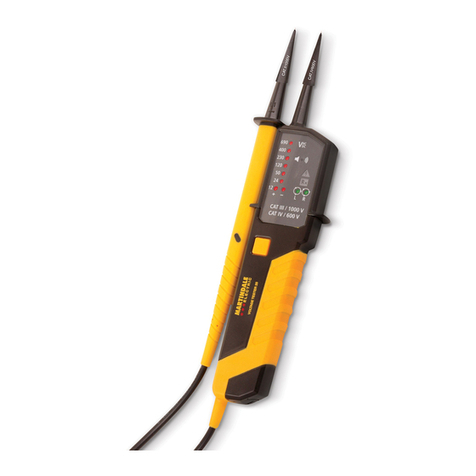
MARTINDALE
MARTINDALE VT25 instruction manual
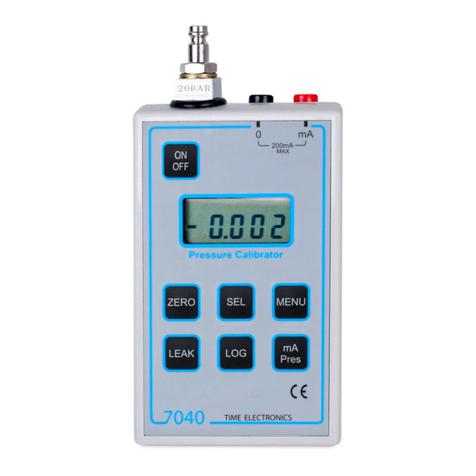
Time Electronics
Time Electronics 7040 user manual

Tenma
Tenma 72-14520 instructions
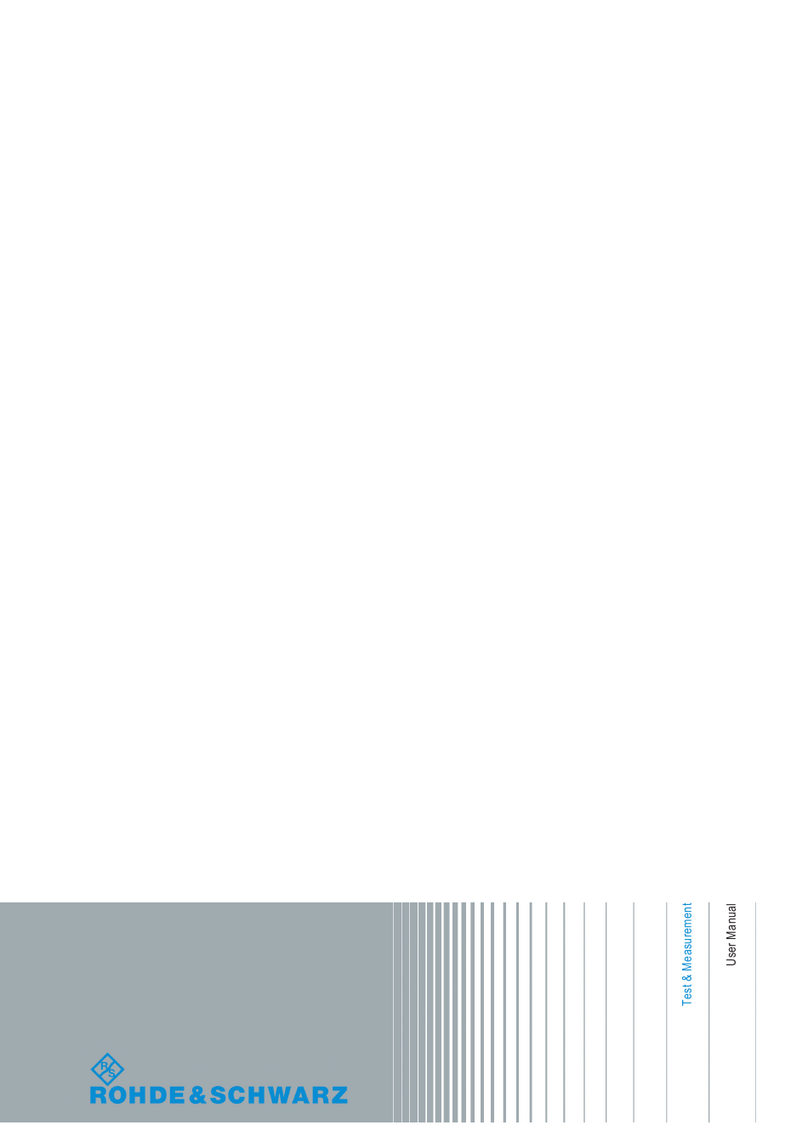
Rohde & Schwarz
Rohde & Schwarz R&S CMW-KM70 Series user manual
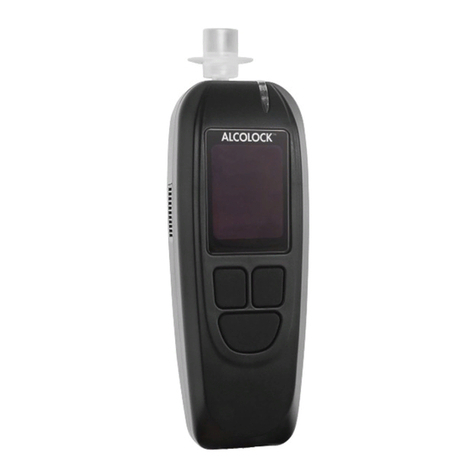
Alcohol Countermeasure Systems
Alcohol Countermeasure Systems Alcolock LR Installation and service manual
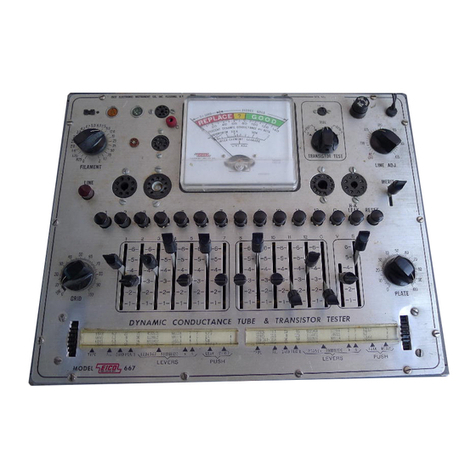
Eico
Eico 667 instruction manual
